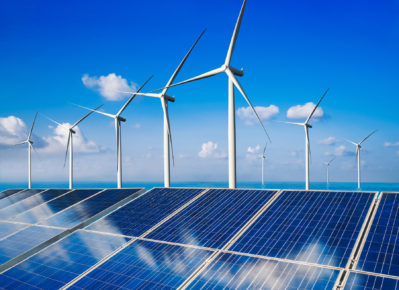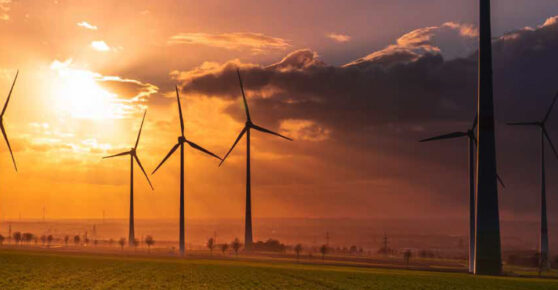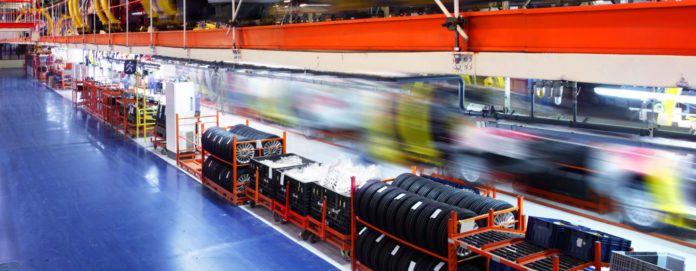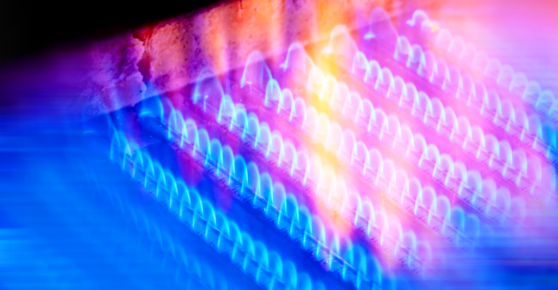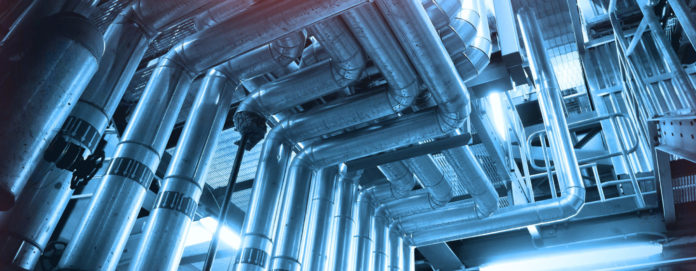Natural Gas 101: What is Natural Gas and Where Does It Come From?
Natural gas is a combustible mixture of methane and higher hydrocarbons formed in the earth’s crust, used chiefly as fuel.
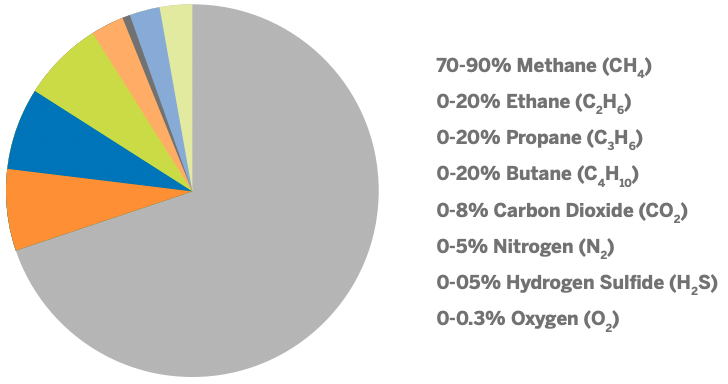
Natural gas:
- Is formed from organic matter buried under layers of sediment, under high pressure and increased heat
- Can be found in reservoirs or geological traps (different layers of rock, shale and sand)
- Can be manufactured from coal and landfills
- Has no smell or taste (Mercaptan is added for consumer protection)
When does natural gas need to be processed?
- Gas produced from oil wells may be saturated with oil and other liquids, and requires thorough processing to meet pipeline qualifications.
- Gas produced from gas-only wells requires little processing (removal of water vapor and sulfur) to meet pipeline qualifications.
Once produced by natural gas exploration and production companies, the natural gas must be transported through interstate gas pipelines to local gas utilities, which deliver the gas to the end user. Each of these components impacts the price of gas.
What components make up the price of natural gas?
- Basis price (transportation, fuel, storage, local production, etc.)
- Commodity price (based on NYMEX, New York Mercantile Exchange)
- Service fee
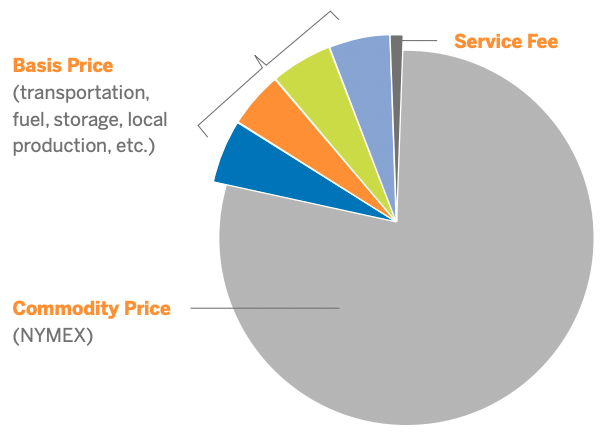
To learn more about how the production and supply of natural gas affects demand and prices, read the blog post, The 4 Major Factors Driving Natural Gas Demand.








